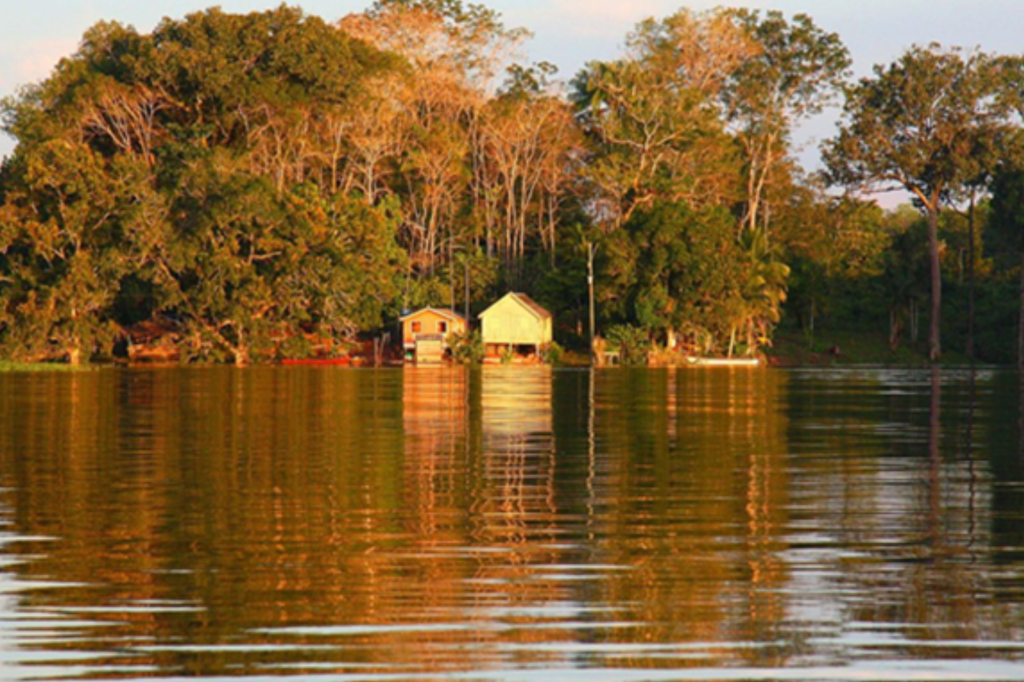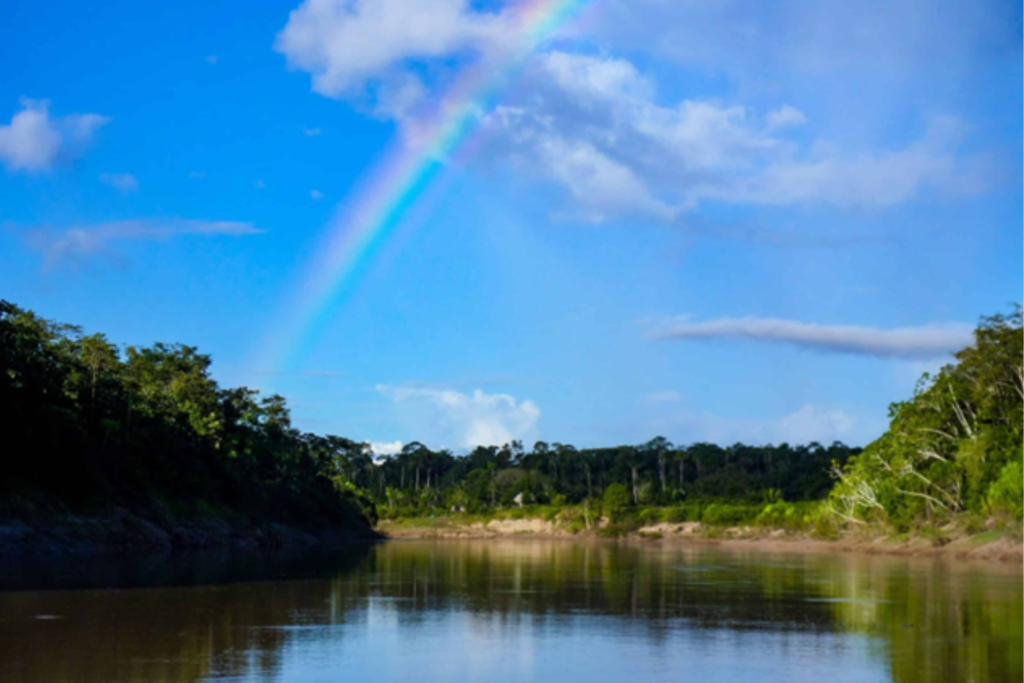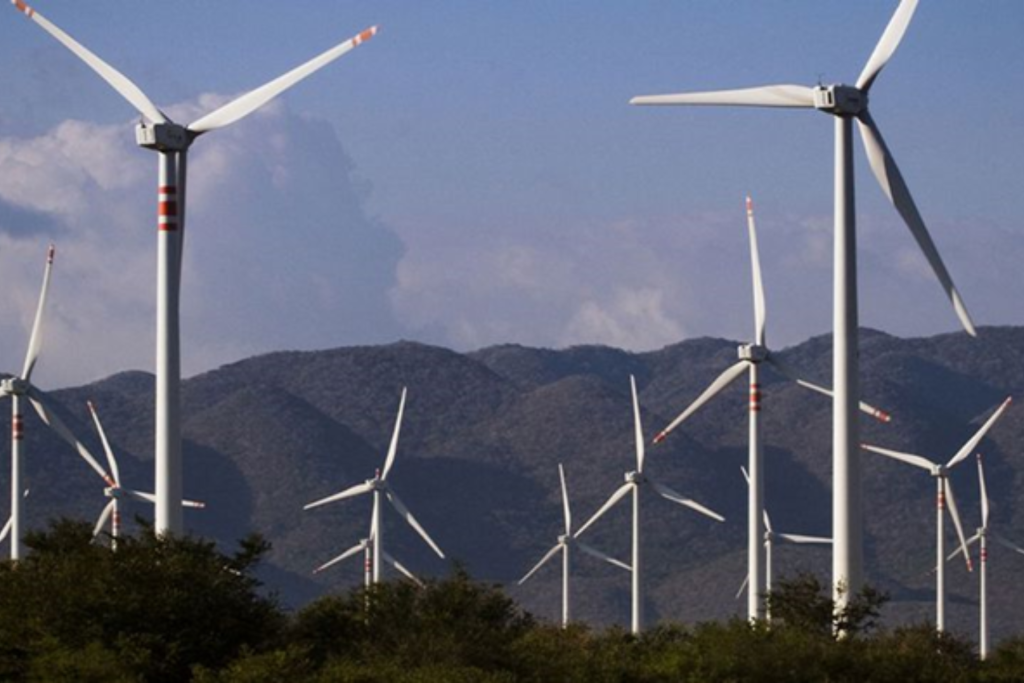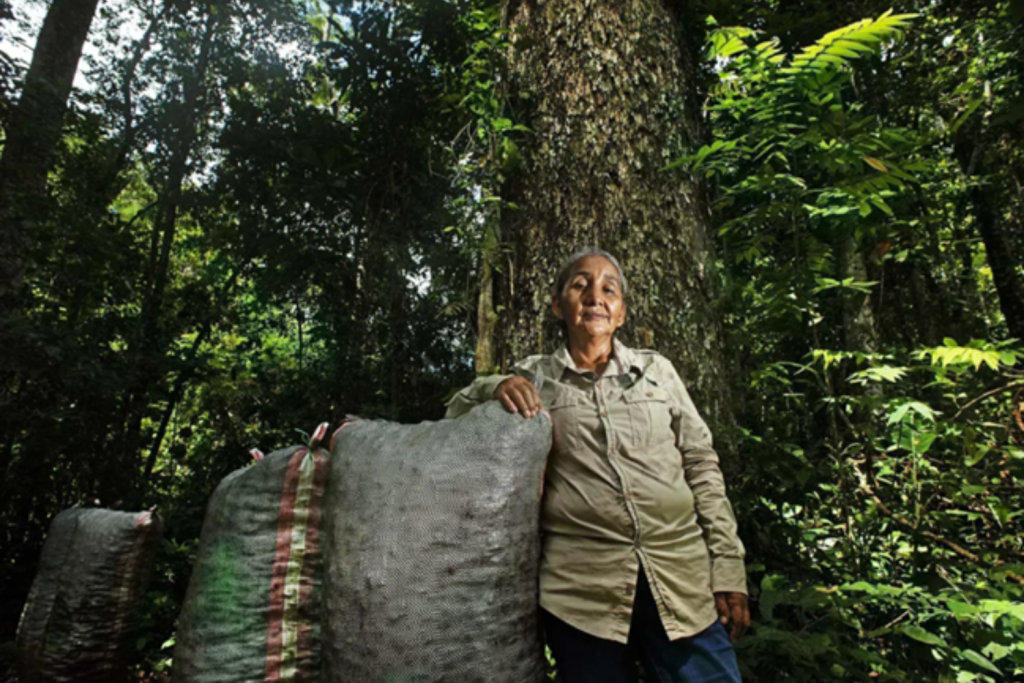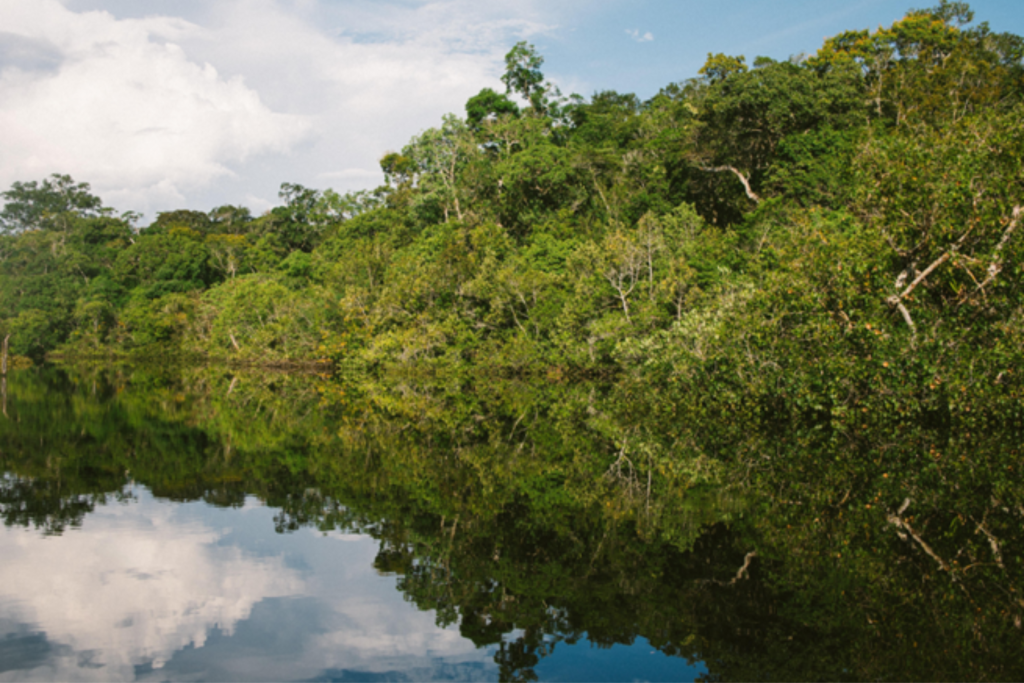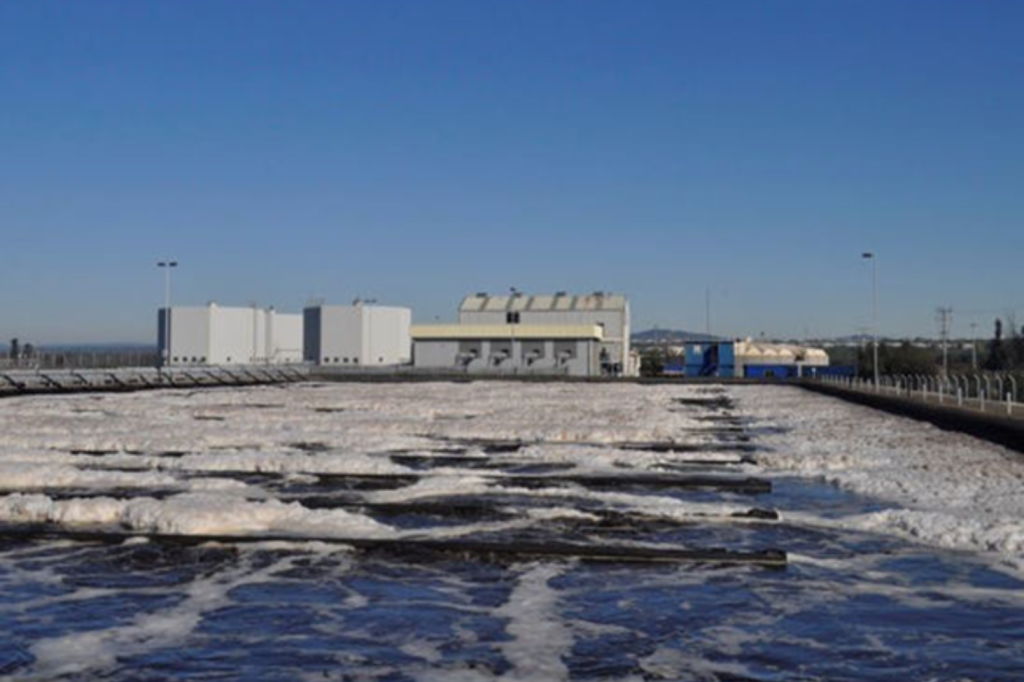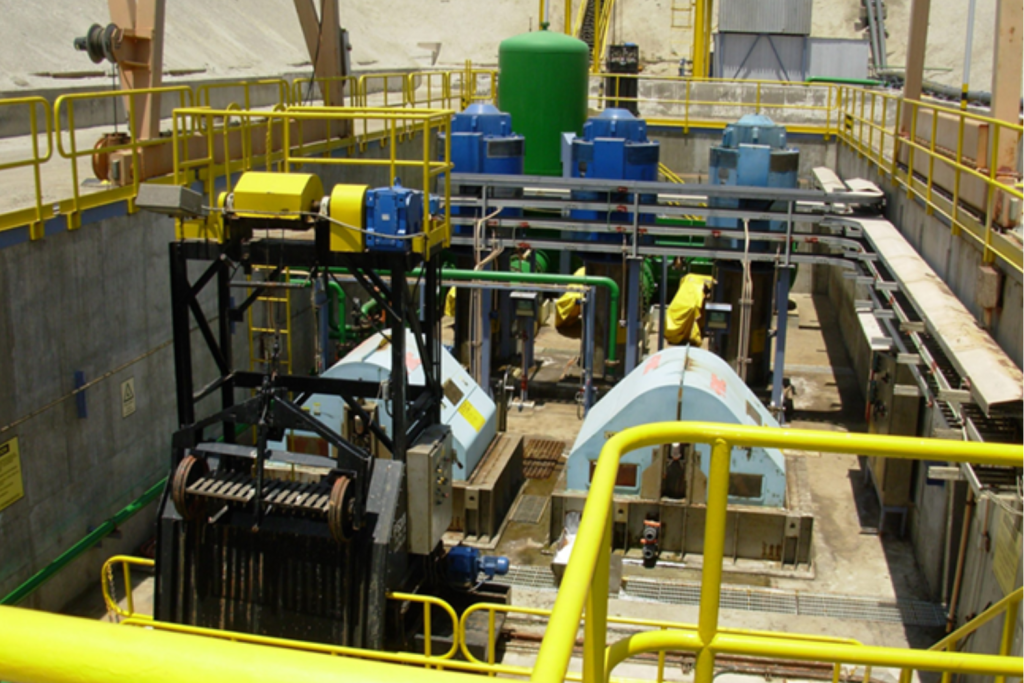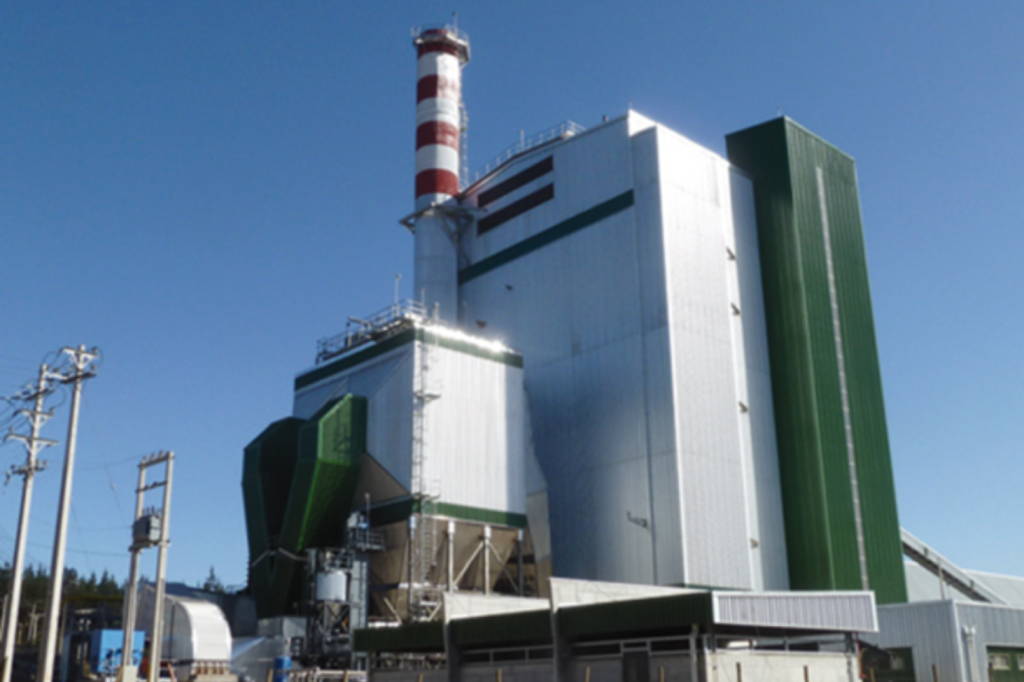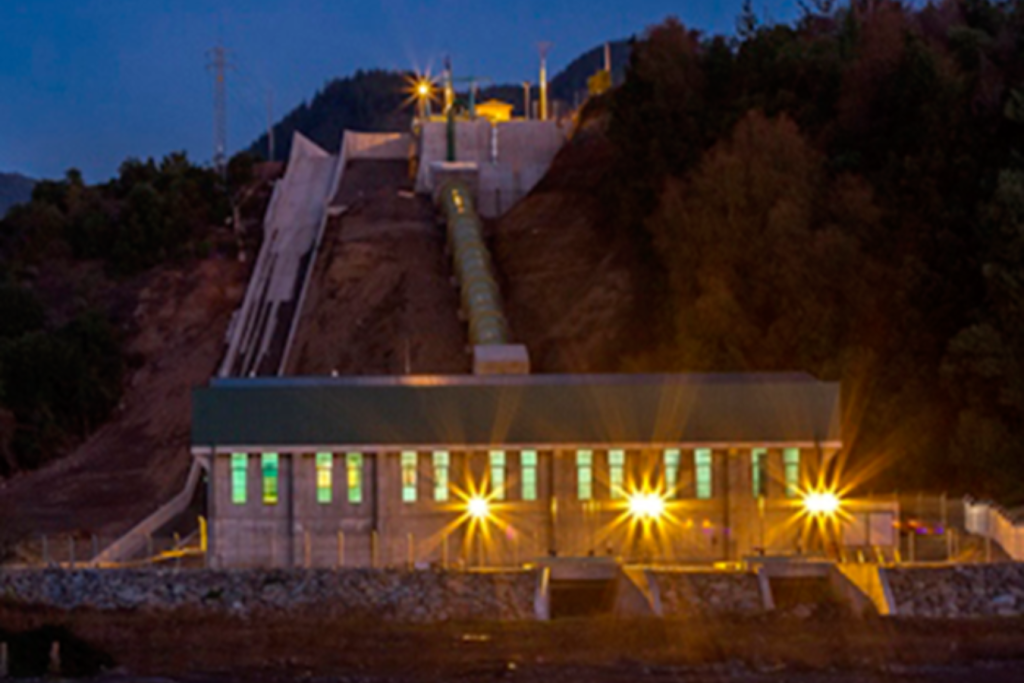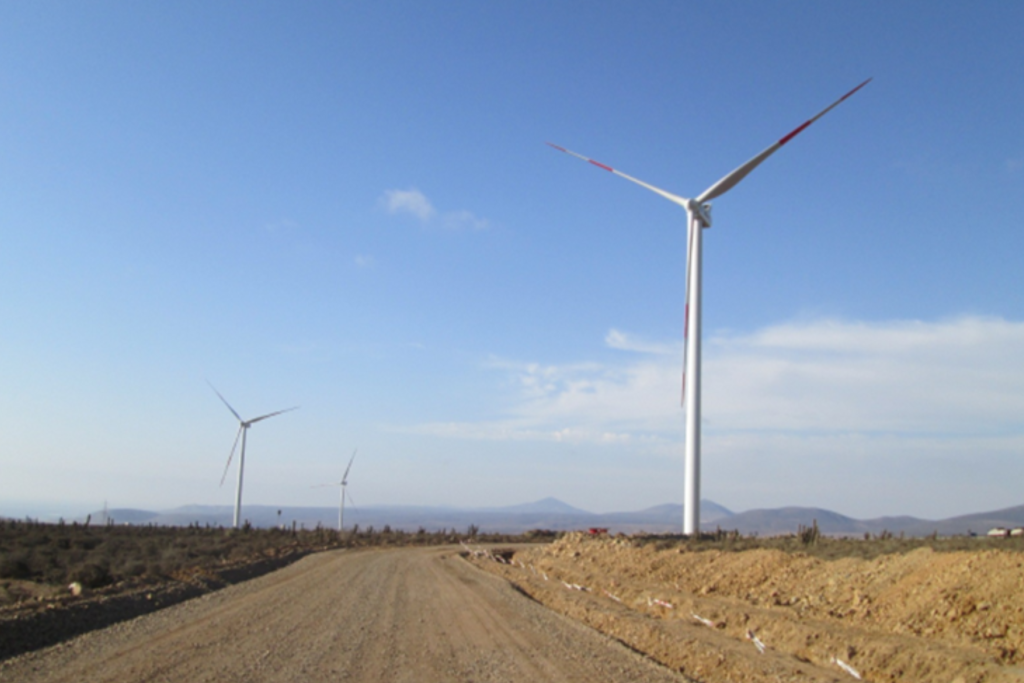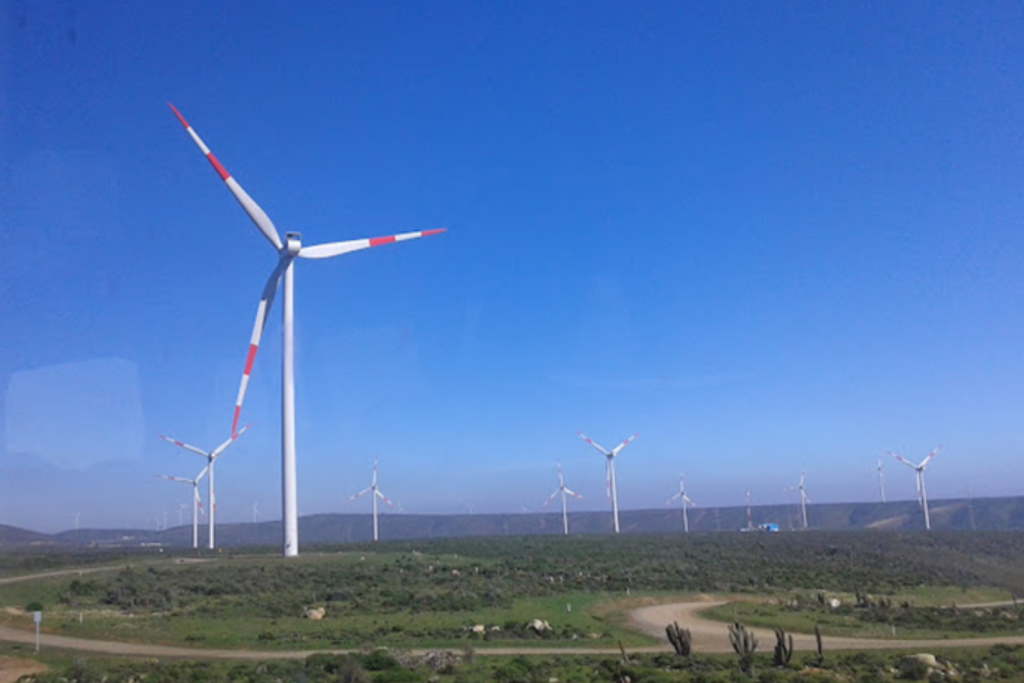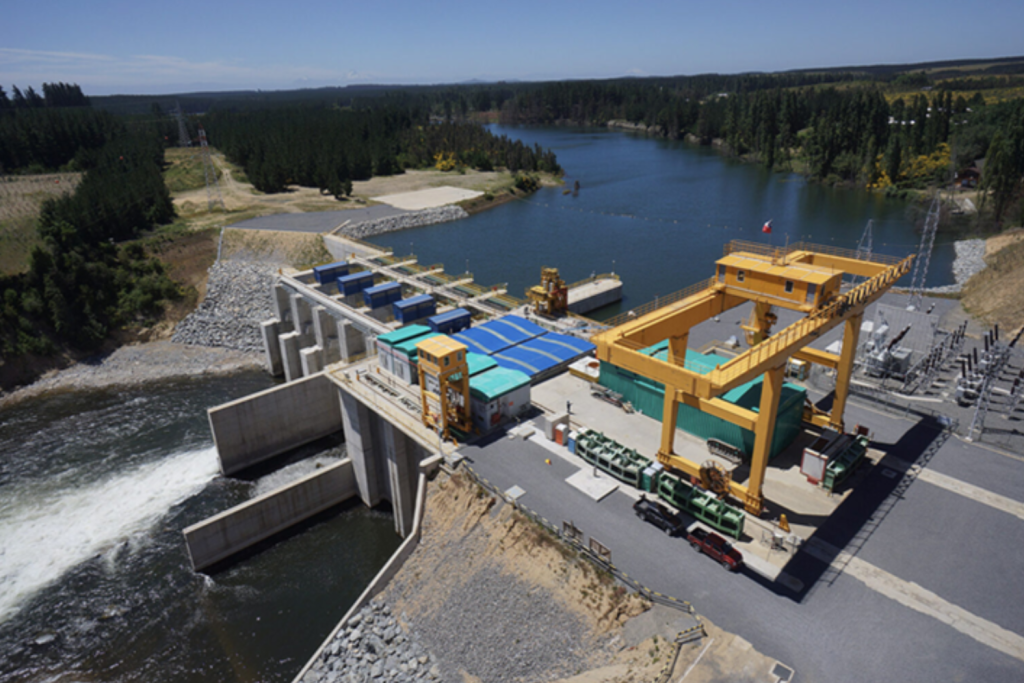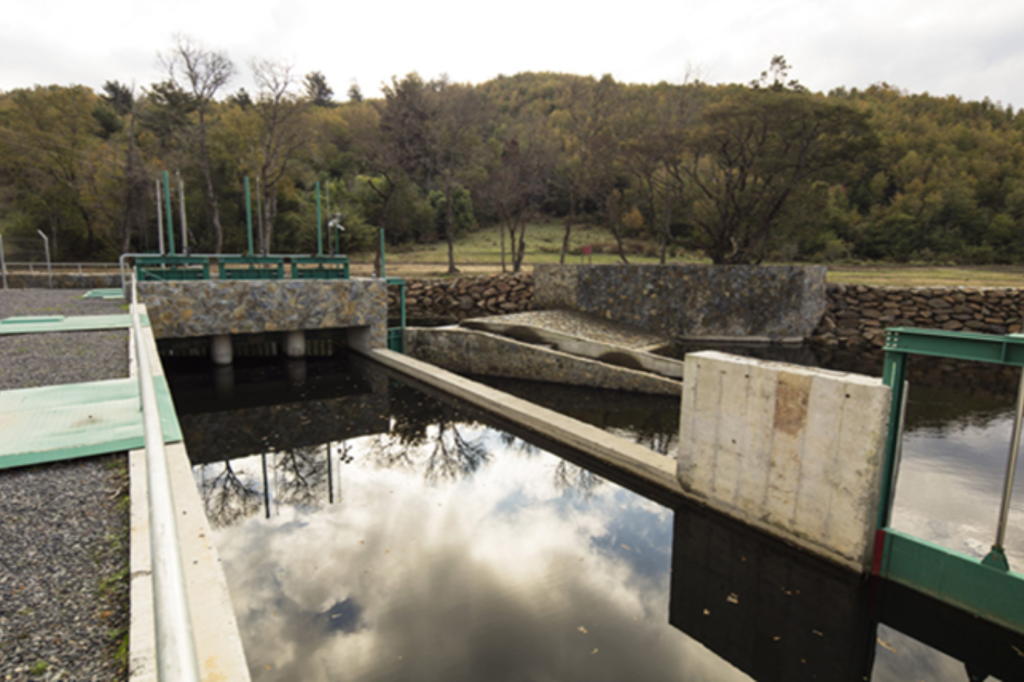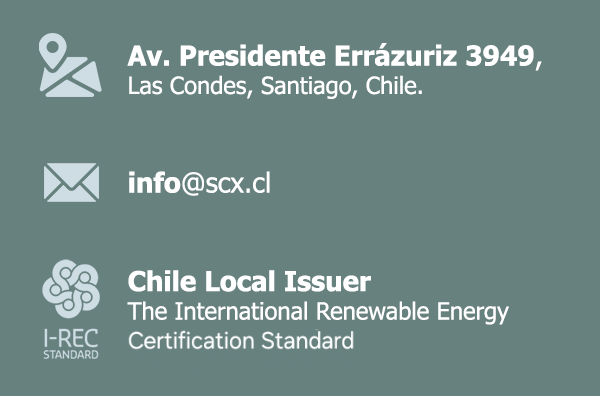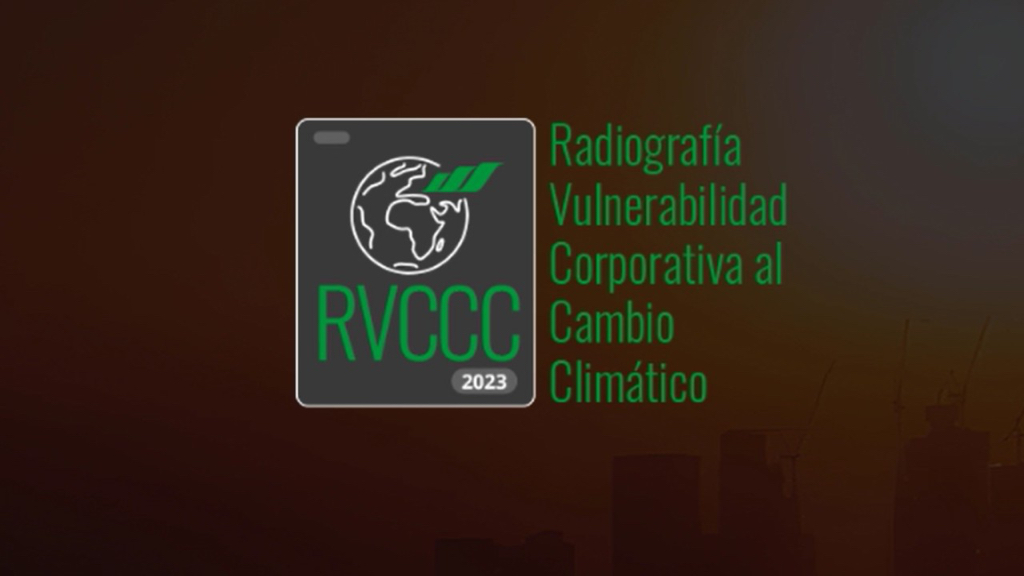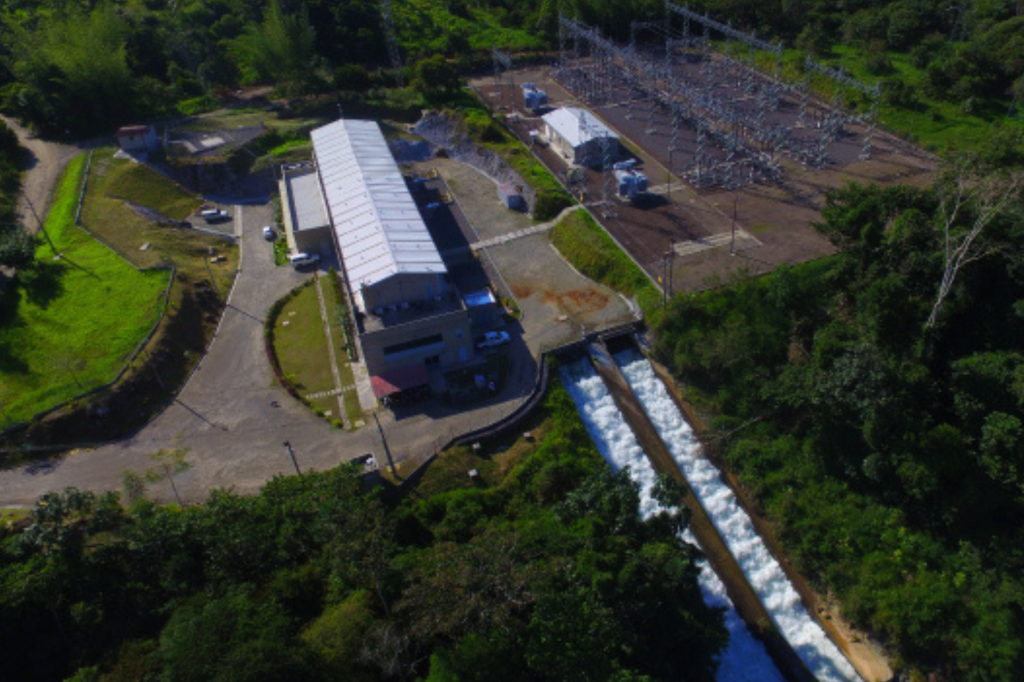
The project consists of two small, renewable, run-of-river hydroelectric power plants on the San Matías river in the jurisdiction of the municipalities of Cocorná and Granada, Department of Antioquia, Colombia. With effective rated power. With 19.9 MW each and an expected supply of around 246.3 GWh (for both plants) per year to feed Colombia's National Interconnected System, the project will reduce emissions by more than 90,000 tons of CO2 per year. Project details Location: Municipalities of Cocorná and Granada, Colombia. Category: Hydroelectric Power Standard: VERRA The project contributes to increasing the installed capacity of low-cost hydroelectric power generation in Colombia and supplying additional electricity to meet the country's energy demand.
Comun SCX26 de May de 2024

